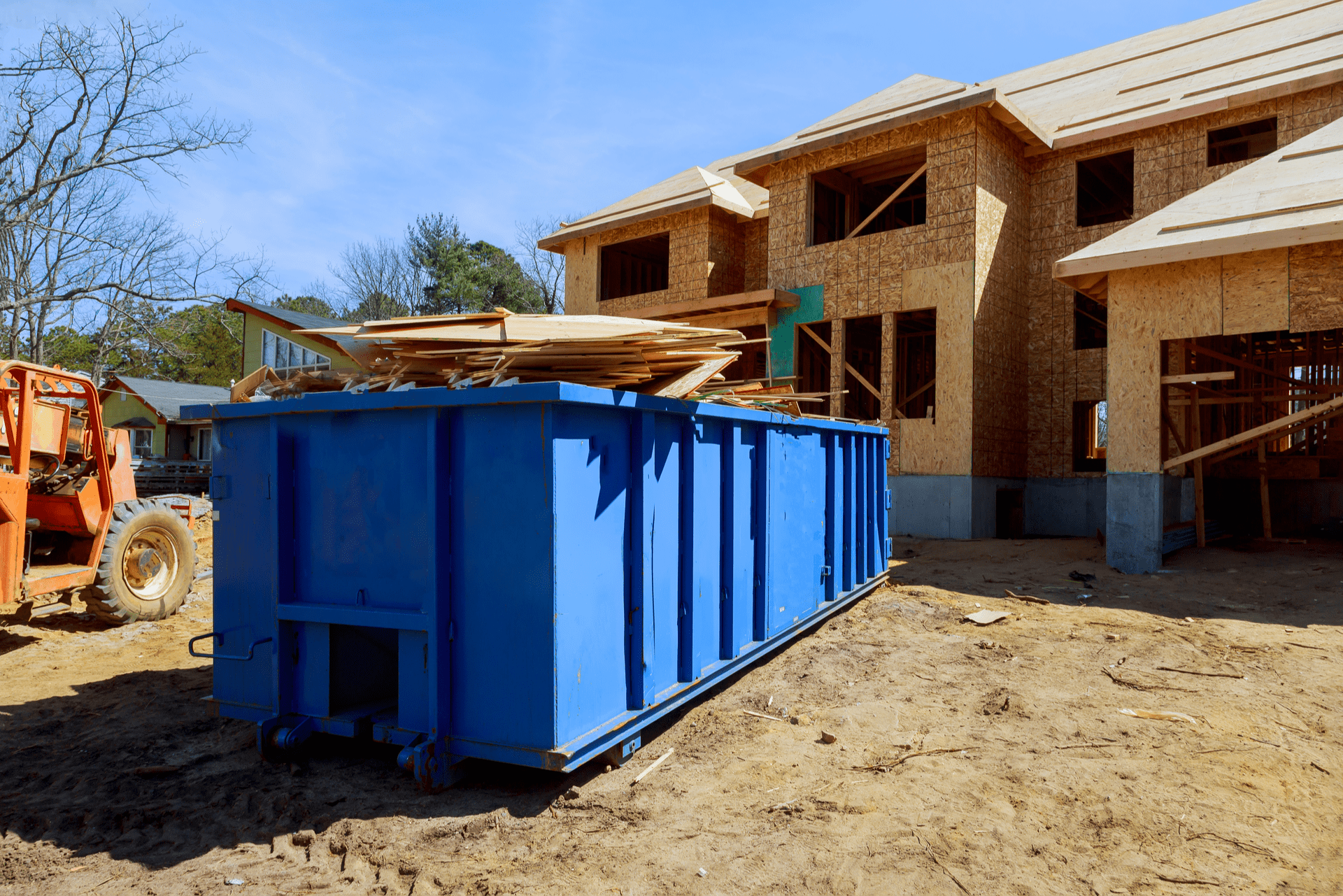After sanding, your wood floors need to be resealed and re-stained. Sanding allows wood floors to be able to withstand the elements, but resealing helps make sure that no additional water will penetrate it and cause damage. Typically, sanding is done on a monthly basis. After sanding, your wood floors will have to be resealed and re-stained again.

When you’re refinishing timber floors, you don’t need professional help. You’ll probably want to hire someone who has experience in the field, such as an experienced floor sander. Once sanding has been done, the floor Sanders will then have to apply finish. Although it’s not required, it’s a good idea to get some advice about the best finish to use on your floors before starting.
Some homeowners like to choose a clear lacquer or a high shine polished finish for refinishing timber floors. Other people prefer to use a darker, matte finish. Before you start applying the lacquer, you should give all the floorboards a thorough sanding. This will help remove any existing scratches and make your new finish feels smooth. It’s important to sand all the boards to a smooth, uniform depth, as the finishing polish will only work if the floorboards are evenly sanded.
You should complete the sanding and polishing of your floorboards with a final coat of lacquer or glossy polyurethane. Most refinishing timber floors will require one coat of polish, but some require two or more coats. If you have your floorboards finished with a gloss finish, you’ll want to use one coat of polish and then finish with a second coat. This process should allow the floorboards to look and feel as smooth and shiny as possible. If you’ve already sanded your floorboards and applied the polish, you may not need to finish them with the polyurethane again.
Once your floorboards have been sanded to rough-in thicknesses and all the dust has been removed, you can begin polishing. Many people use specialist power Sanders for this job, and it’s important to remember that these tools can actually ruin your refinishing timber floors if they are not handled properly. The first step is to ensure you have the right power tools for your refinishing task, and always read the instructions carefully before you begin. If you’re refinishing old floorboards, you should consider using a sander with an orbital sander tip. These tools have a circular motion which is perfect for achieving the tight finishes required.
There are many reasons why you might consider refinishing timber floors yourself, from protecting worn areas to adding a new contemporary feel. Many people also undertake the task in order to save money on heating bills. The great thing about polyurethane products is that they’re designed to withstand any sort of condition, so whether it’s damp wet or dirty they’ll be able to cope. Polyurethane is also resistant to most liquids so it can be used around any kind of surface. Most DIY enthusiasts will find that using one of the power Sanders available on the market will ensure that your refinishing project goes off without a hitch.





